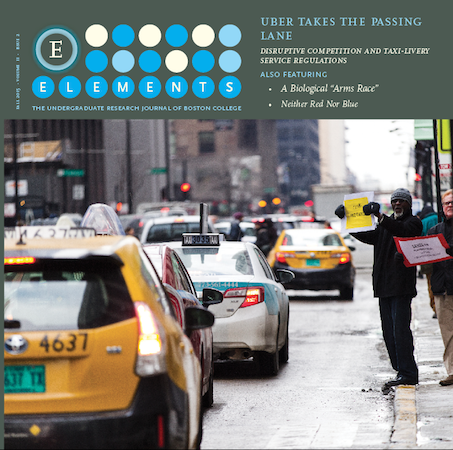A Biological "Arms Race": APOBEC3F Diversity and its Influence on Lentiviral Resistance
DOI:
https://doi.org/10.6017/eurj.v11i2.9064Keywords:
Fall 2015, natural science, biologyAbstract
Restriction factors are implemented in long-term evolutionary "arms races," in which viral antagonists drive the evolution of host proteins, and vice versa. Consequently, restriction factors are remarkably variable, displaying polymorphism within species and divergence between species as a result of positive selection. This paper investigates diversity in the APOBEC3F (A3F) restriction factors of Old World primates in order to determine whether they display evidence of involvement in an evolutionary "arms race." We speculated that genetic variability in A3F could reflect evolutionary conflict with the VIF proteins of primate lentiviruses, which are known to enhance viral replication by binding and degrading host A3 proteins. A3Fs of several Old World primate species were genotyped, and the sequences revealed both intra-spcies diversity and inter-species divergence. Representative rhesus macaque (macaca mulatta) sequences were cloned and tested for sensitivity to VIFs from various simin immunodeficiency viruses (SIVs). Evolution of A3F in the rhesus lineage is not due to selection by SIVs, but may reflect antagonism by another retrovirus.Downloads
Published
2015-11-18
How to Cite
Tank, A. (2015). A Biological "Arms Race": APOBEC3F Diversity and its Influence on Lentiviral Resistance. Elements, 11(2). https://doi.org/10.6017/eurj.v11i2.9064
Issue
Section
Articles
License
Copyright (c) 2015 Elements

This work is licensed under a Creative Commons Attribution 4.0 International License.

